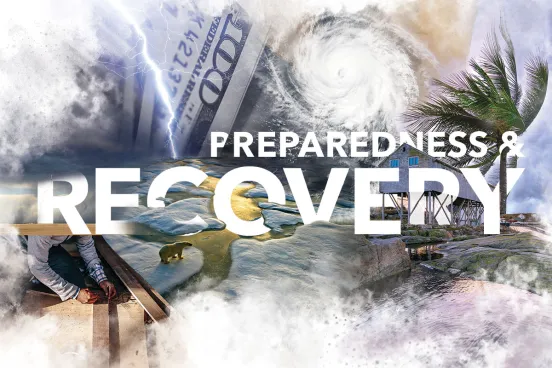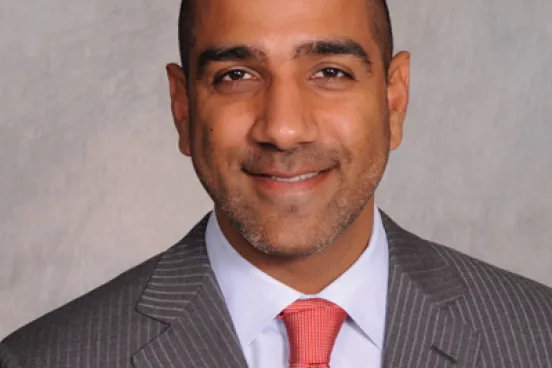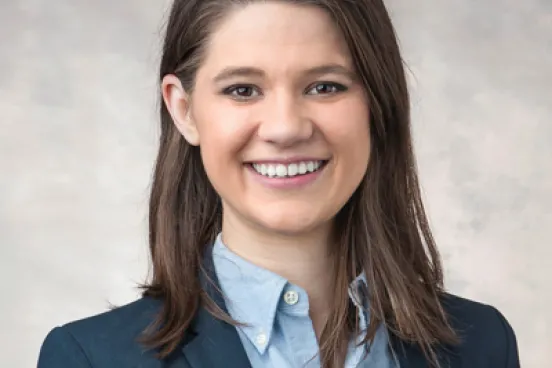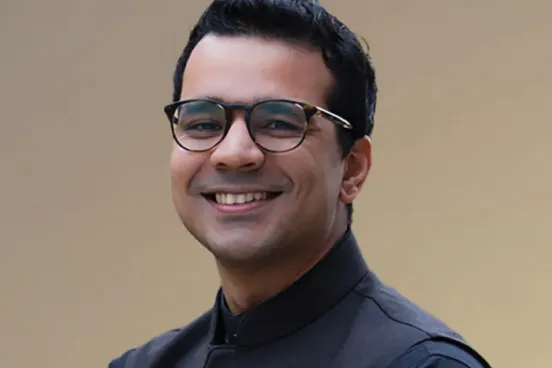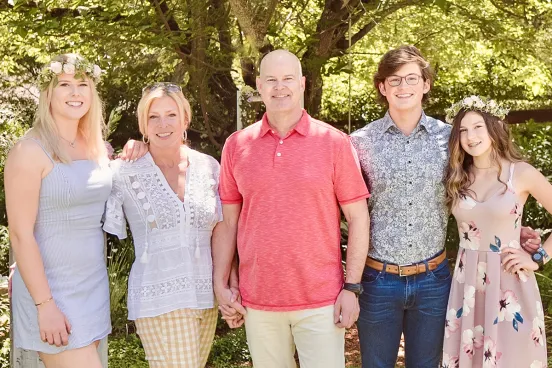
Vikramaditya Khanna, the William W. Cook Professor of Law, was born in India and often returns to visit. He also has made India, which is undergoing a rapid transition from a planned economy to more of a free market, a focus of his academic work.
“People have a lot of perceptions about India,” he says. “But when you go there, the thing that strikes you is the non-stop activity.”
In recent years, Khanna has taught Michigan Law students about how India’s policies and laws are shaping that growth. This year, he took it a step further by taking students from his Law and Economic Development in India seminar on a trip to his birthplace during winter recess.
The seminar, which Khanna taught in fall 2017, gave students a holistic view of India—its cultural, economic, and political climate, and how those elements influence its legal system.
As a common-law nation with English as its leading language, it is akin to the United States in significant ways. But India—the world’s largest democracy—also differs in important respects. For instance, while India’s government recognizes 23 official languages, hundreds of other languages and dialects are spoken.
Also, until recently, India’s economy was driven more by government than private forces. How successfully India will weather this transition, Khanna told students, depends on how its law is adapted and developed to reflect the new economic landscape balanced against populist demands for better education, environmental sustainability, and social justice.
India’s legal complexities were more fully understood once the students were there, says 2L Luke Salisbury. “I had no specific expectations going in. What I ended up experiencing was different than anything I had ever seen.”
On the one hand, everything seemed so large, says Salisbury—the population, the number of laws and political issues, and the all-around volume of activity—that it became overwhelming at times. “But altogether, India’s culture, history, politics, and industry were inspiring.”
While in India, students met with senior-level officials, including Bibek Debroy, chairman of the Prime Minister’s Economic Advisory Council (pictured above). “[Debroy] offered a nuanced and sophisticated view of how reform gets done effectively,” Khanna says. “He highlighted the challenges, explaining that even just identifying the goals of reform can be complex.”
Students also met with officials from the Securities and Exchange Board of India; the team at LightBox, a venture capital company whose partners include Jeremy Wenokur, ’92; and the justices of the Delhi High Court. 3L Adam Osielski assumed he would experience a one-way learning process, “but what was particularly surprising was that the officials were asking us about how things work in the United States. They wanted to learn from us, too.”
In addition, Khanna’s class visited different sections of Delhi and Mumbai to meet with people of different strata in Indian society. They visited several slums, places often thought of in a negative light, but which Khanna and his students witnessed as centers of economic activity. Khanna recalled visiting Dharavi, the largest slum in India, with 1.2 million people.
“It was surprising how entrepreneurial it was. The children weren’t begging. They were asking the students in English about where they were from and talking about cricket. It was a vibrant community.”
Students also experienced India’s historical and cultural fabric. Off the coast of Mumbai, the class visited the centuries-old Elephanta Caves, hand-carved out of mountains to create intricate sculptures depicting Hindu and Buddhist deities and symbols.
They also visited the Taj Mahal, world-renowned for its beauty but, the class saw, subject to degradation from the environment and the pollution of nearby factories. The Taj, in a way, stands as a symbol of the India that the students learned about during the past year, Khanna notes—vibrant and promising in many ways, but facing serious and urgent challenges.
Challenges that Khanna hopes his students are now interested in helping to address.


